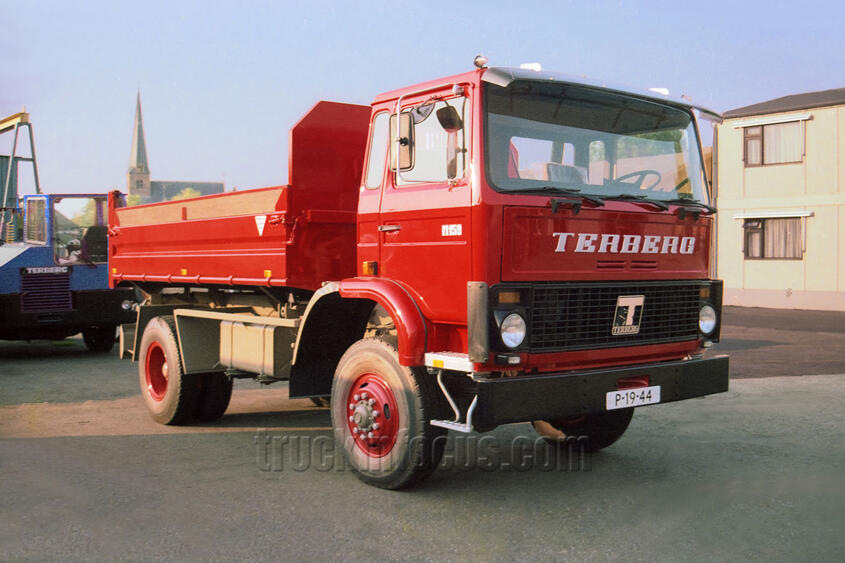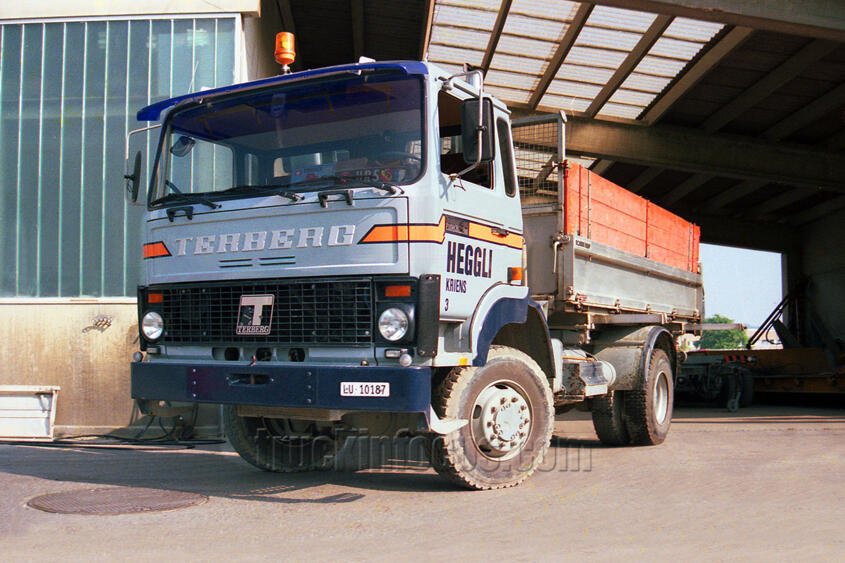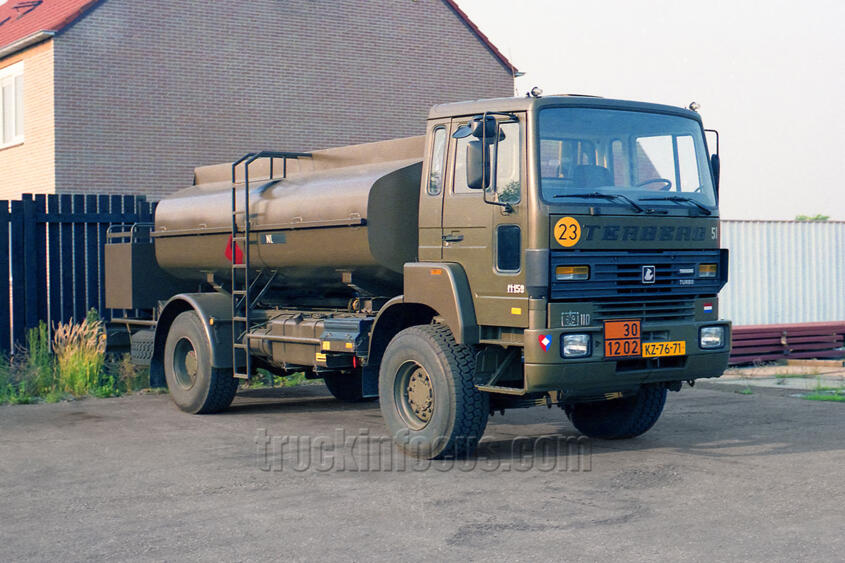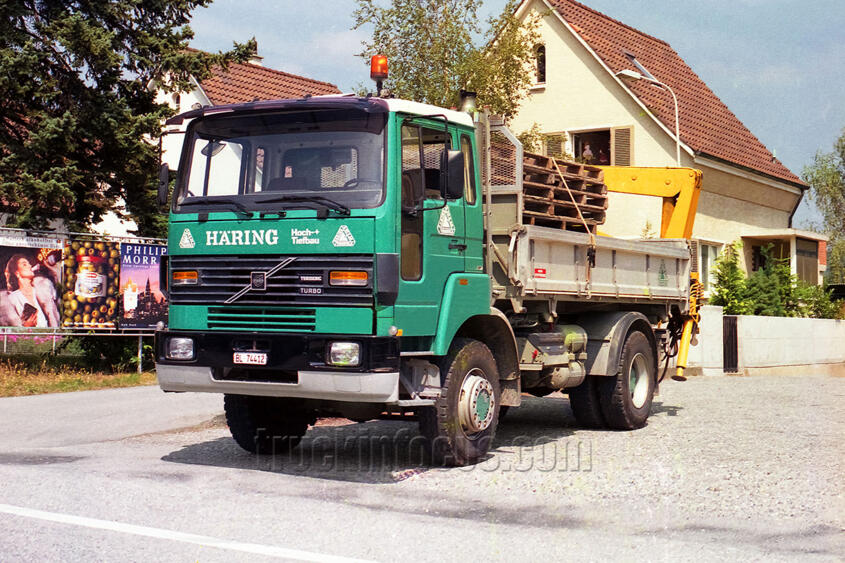The Terberg Chronicle
Page 2
By Niels Jansen (North Holland 2023)
In new factory halls
In 1971, almost 400 trucks were built in four factory halls that had been erected the year before. With fewer funds available for road construction in the Netherlands in the early 1970s and shrinking domestic sales, Terberg began developing export markets in 1972. Soon the vehicles were being sold not only to Belgium and Germany, but also to Ghana, Egypt, Dubai and Saudi Arabia, as well as Iran. As the rugged off-road vehicles from Benschop became more and more popular, the family decided to introduce a completely new cab. Around 1973, a supplier of cabs was again contacted, this time in England. The well-known company Motor Panels was commissioned to design a model with a hood. A prototype was made, but for unknown reasons it never made it to production.
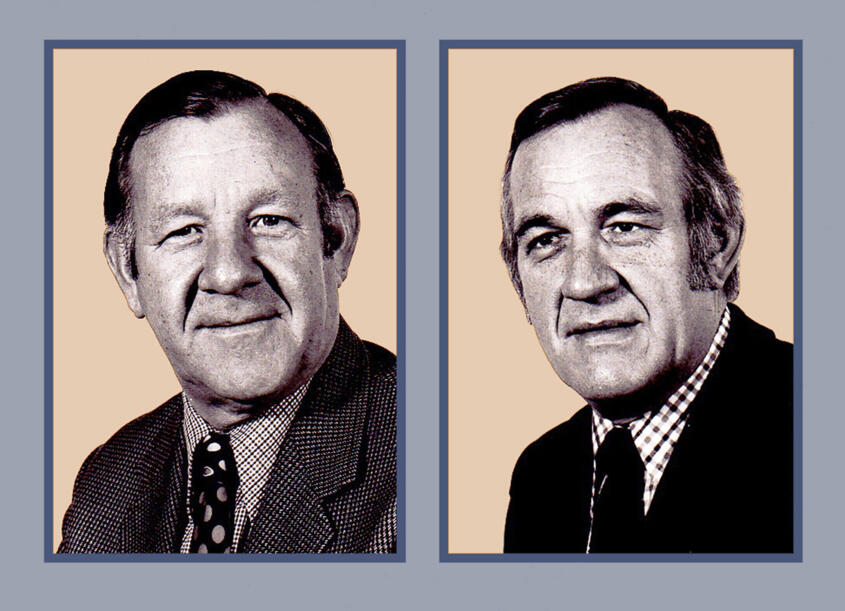
The reason Terberg was looking for another cab and component supplier was probably because Daimler-Benz was a competitor of Terberg in the Dutch market. Possibly, the German truck builder was not selling enough of their own 6x6 truck chassis and were therefore limiting cab deliveries to Terberg. In addition, Mercedes parts became too expensive. Therefore, in 1974, the Dutch signed a contract with Volvo to supply N-series conventional cabs and F-series cab-over cabs. Since the Swedes did not have their own chassis with 4x4 or 6x6 drive, they were quite interested in working with Terberg.
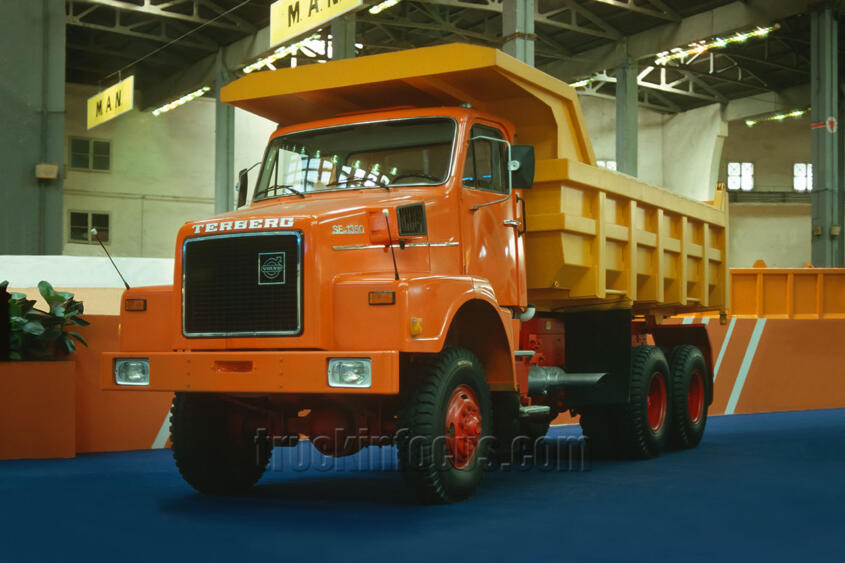
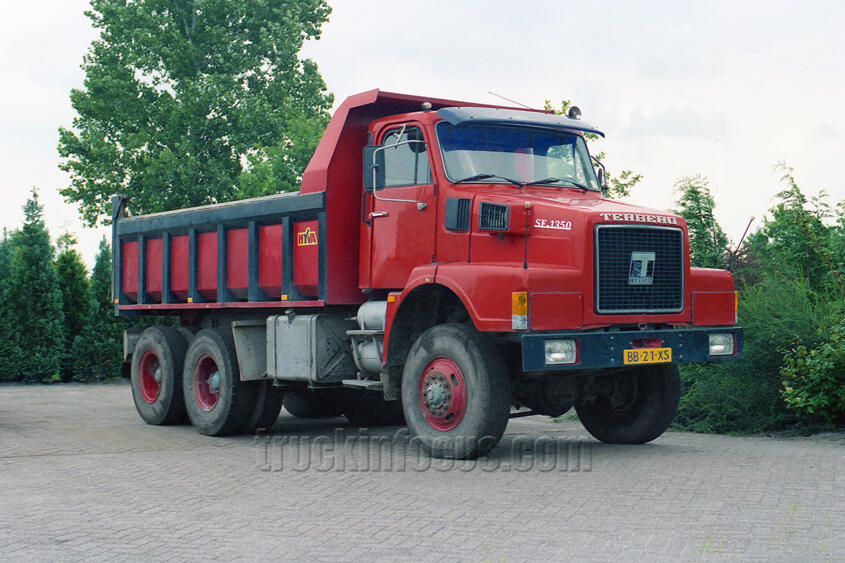
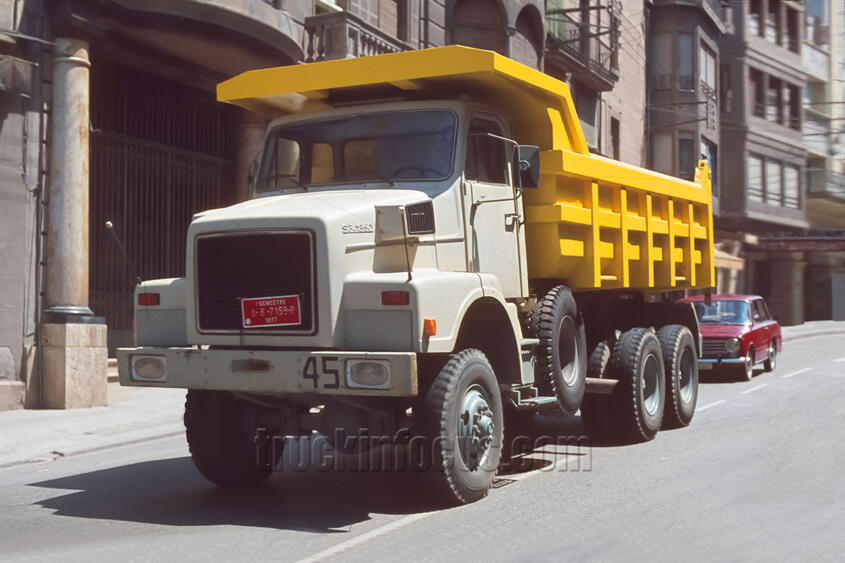
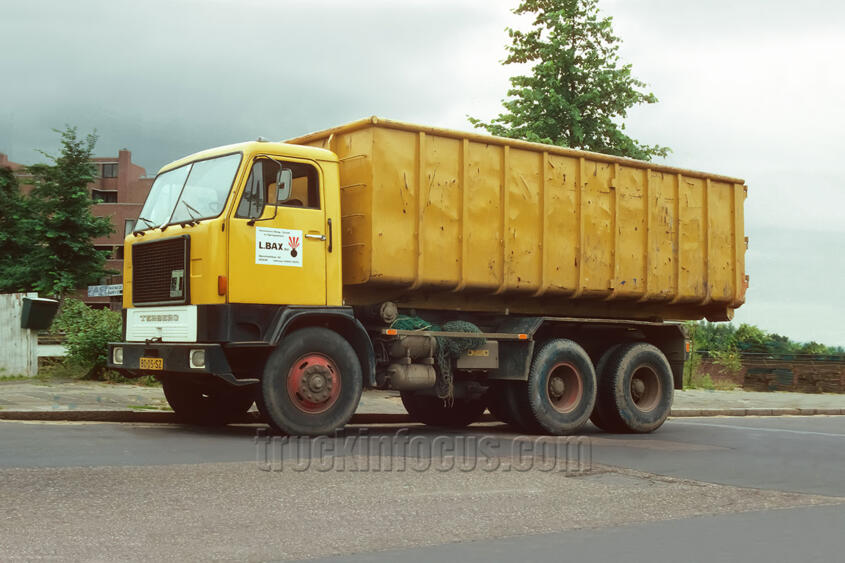
A short time later, the new Terberg models SF 1350 and F 1350 were launched, equipped with Volvo cabs and many Swedish components. Six-cylinder engines with 5.4- and 9.6-litre displacements and occasionally transmissions from Volvo were also used. The axles, chassis and other parts continued to be supplied by Terberg. The new models were well received. The contract also provided that Terberg vehicles could be serviced both in the Netherlands and abroad through the Volvo network.
Mercedes cabs and engines were not completely abandoned. Between 1974 and 1987, they continued to be used for trucks destined for certain export markets, where Mercedes was more widely used than Volvo. In 1974, for example, 23 SF 1200 heavy-duty 6x6 tractors with dolly trailers were shipped to Singapore. They were intended for transporting tree trunks in the jungle. And in 1978, a hundred SF 1400s went to Iraq as 6x4 water tankers. Many Mercedes components were still used in such orders.
Telephone booths and other specialties
In 1978, special vehicle manufacturer Terberg introduced two innovations at the RAI commercial vehicle show, the F 12 cabbed 8x4 F 1850 and the 8x8 F 1800. The F 1800’s were equipped with an asymmetrical one-man cab, which was also used in the terminal tractor that Terberg introduced in 1973. Because of the strange cab, drivers referred to the new four-axle truck as the ‘telephone booth’. The vehicles were powered by six-cylinder Volvo diesels with 270 horsepower and were intended for a payload of 25 tons off-road. With its huge Michelin X sand tires, the behemoths looked quite impressive. Terberg also built 4x4 and 6x6 versions with the same cab and oversized tires, which were offered as Combitrac by the Veenhuis company in Raalte. These vehicles impressed with their tight turning radius and low ground pressure and were designed for agricultural and municipal applications.
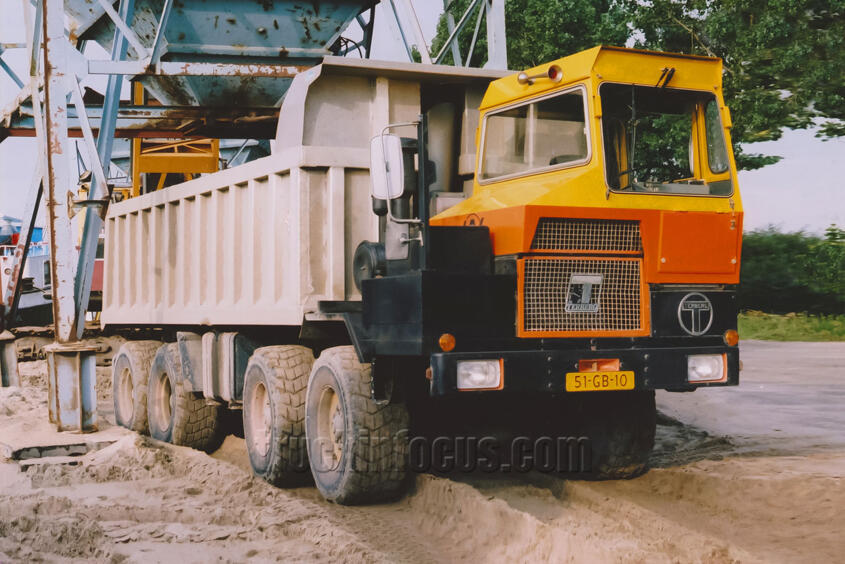
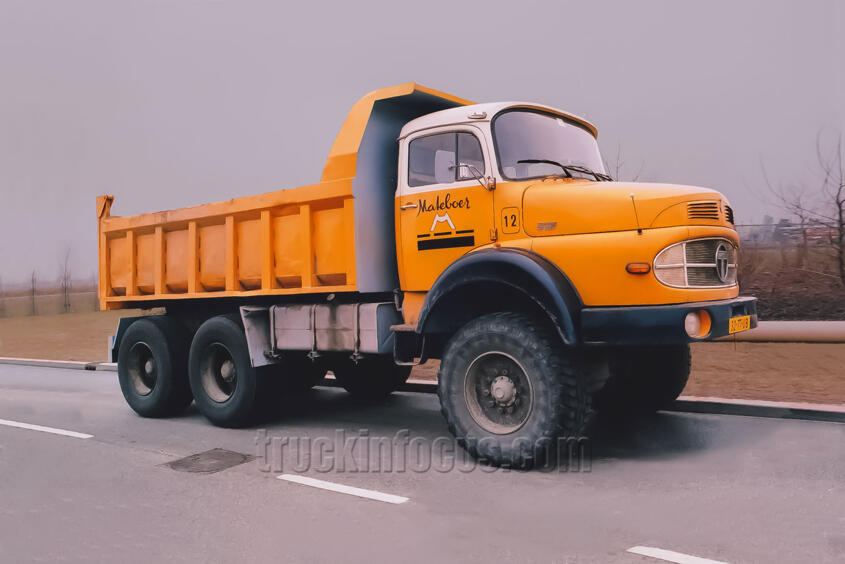
The SF 1300 with the 6x6 drive formula was intended for use in difficult terrain. This Mercedes-based conventional tipper was equipped with wide Michelin X tires. It could carry a load of 17 tons over rough terrain. The plan to build a similar chassis based on Volvo components in 1977 did not produce satisfactory results, and the powerful-looking 6x6 F 1350 Sahara model with Volvo F88 cab and Edbro rear dump body was used only as a demonstration vehicle.
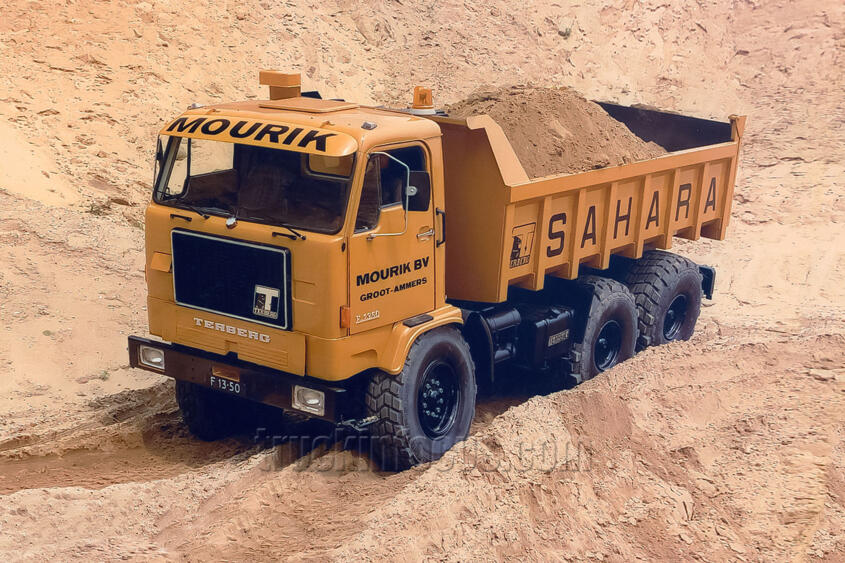
In 1979, the F 1900 with four driven axles was introduced. It was based on the F 1800, but was equipped with a Volvo F7 cab. It later gave rise to the F 2000 with an F12 cab.
A very impressive special vehicle was an 18 meter long 8x8 drive pipe carrier with tandem steering front and rear, designed by Terberg in 1979 for Snijder Earth Moving Equipment in Zaandam. Five of these 60-ton, low-cab trucks were built for use in Algeria and Argentina. They could easily transport 24-meter long steel pipes through desert and bush.
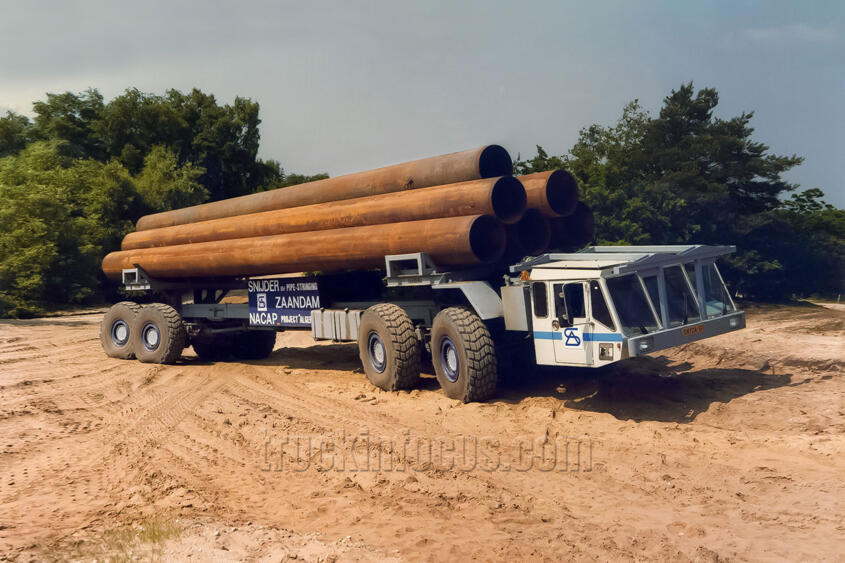
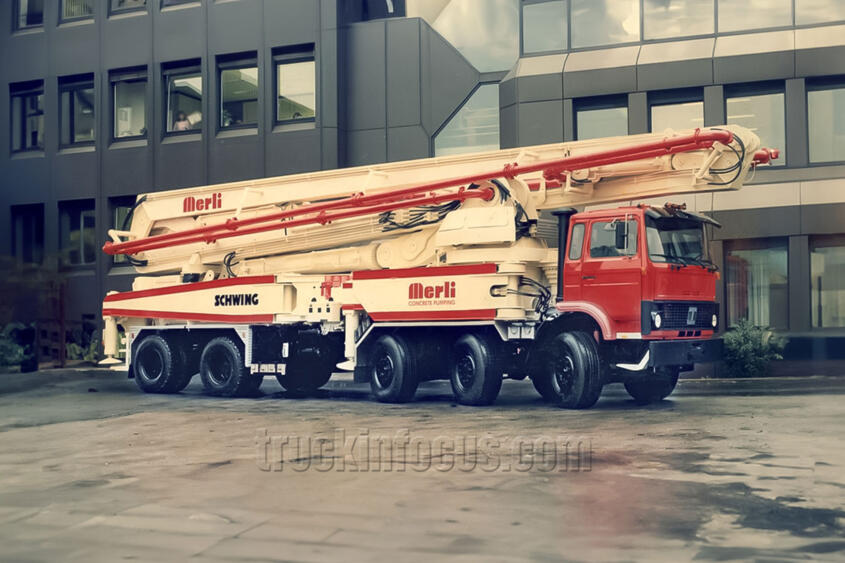
Another interesting Terberg achievement in the 1980s was the development of a series of multi-axle F 2950 chassis for the construction of 52 meter long vibrating concrete pumps in the United States. The story goes that Daimler-Benz had first tried it with a 6x6 chassis equipped with two additional axles. But this chassis could not meet the strict California laws for lengths and axle loads. After much study, Terberg engineers developed a custom-built chassis for a 47 ton gross weight that had three steering front axles and two wide spread axles at the rear. These 10x6 chassis were powered by Cummins NTC 400 engines and were initially fitted with Volvo F7 and later FL cabs. After three prototypes successfully entered service, the Dutch built forty more for the Americans, as well as some for customers in other countries, including Russia.
